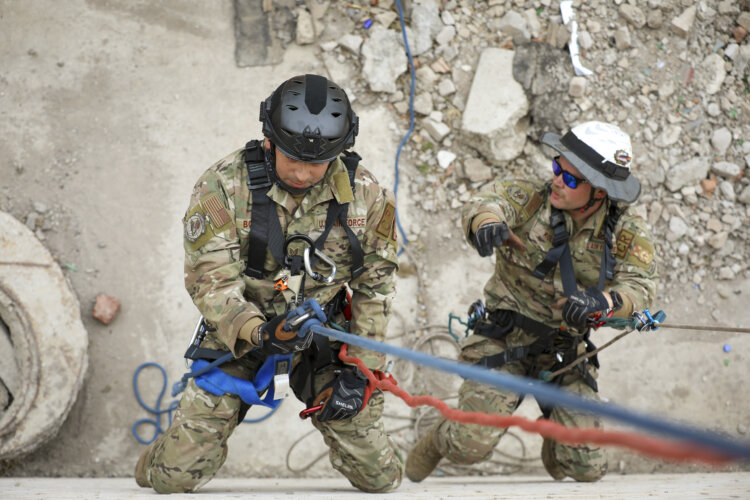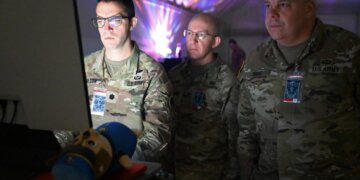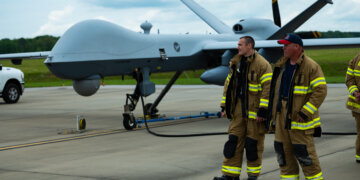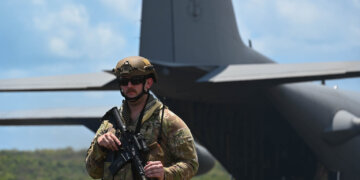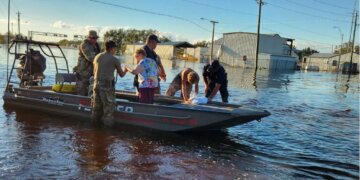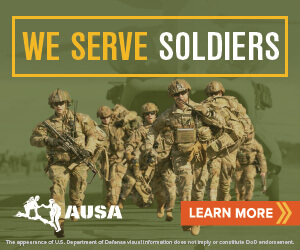There’s a common belief that National Guard annual training happens during the summer months, but that’s not always the case. For guardsmen supporting the Indo-Pacific Command’s (INDOPACOM) mission, AT can happen anytime throughout the year, and it can include National Guard State Partnership Program (SPP)-related training.
Capt. Balinda O’Neal earned her commission after a prior enlistment with the Alaska National Guard in 2010. Her training experience is unique compared to other National Guard soldiers.
“My career field isn’t traditional, and neither are my ATs. I have year-round training authority, and I’ve been fortunate to have so many incredible experiences right here in Alaska,” O’Neal said. “That said, when I reflect on where my most meaningful lessons have come from, it’s Mongolia — without question. SPP training pushes you outside your comfort zone in the best way. You’re not just building readiness, you’re building relationships that matter in times of crisis.”
The military recently shifted focus from counterinsurgency fighting to near-peer or peer-to-peer warfare. Some National Guard units are better prepared for conflict in the Indo-Pacific region of the world due to SPP training. That preparation is built on long-standing relationships with countries such as Thailand, Malaysia, Indonesia, Mongolia and Vietnam.
Alaska National Guard
The ability to train and share lessons learned with sister services and foreign partners can elevate training above what traditional National Guard AT may provide.
“While I’m proud of the work I’ve done in Alaska, SPP training has been transformational,” O’Neal said. “I prefer it because it broadens not only your skillset but your worldview.”
O’Neal hosted her Mongolian counterparts during the international training exercise Vigilant Guard 2024 as part of a public affairs exchange. It’s one of her proudest moments during her service career.
Traveling to Mongolia also provided O’Neal with a perspective she wasn’t necessarily prepared for. She arrived after a dzud, a severe winter storm that killed scores of livestock.
“I’ve seen tragedy in Alaska, but this hit differently. These weren’t just animals, they were livelihoods, entire family incomes lost to a climate-driven crisis,” O’Neal said. “That moment drove home the gravity of why we train with foreign counterparts. It’s not just for readiness — it’s for empathy, understanding and collective resilience.”
Outside of SPP, the Alaska National Guard’s AT encompasses a range of activities tailored to each unit’s function and needs, including but not limited to range time, helicopter operations and tactics rehearsals, and emergency disaster response training.
Alaska National Guard SPP Director Maj. Chelsea Aspelund said that it’s a matter of priority and balance when it comes to the SPP and AT. Still, she said, the SPP training is “very much integrated into the AT cycle.”
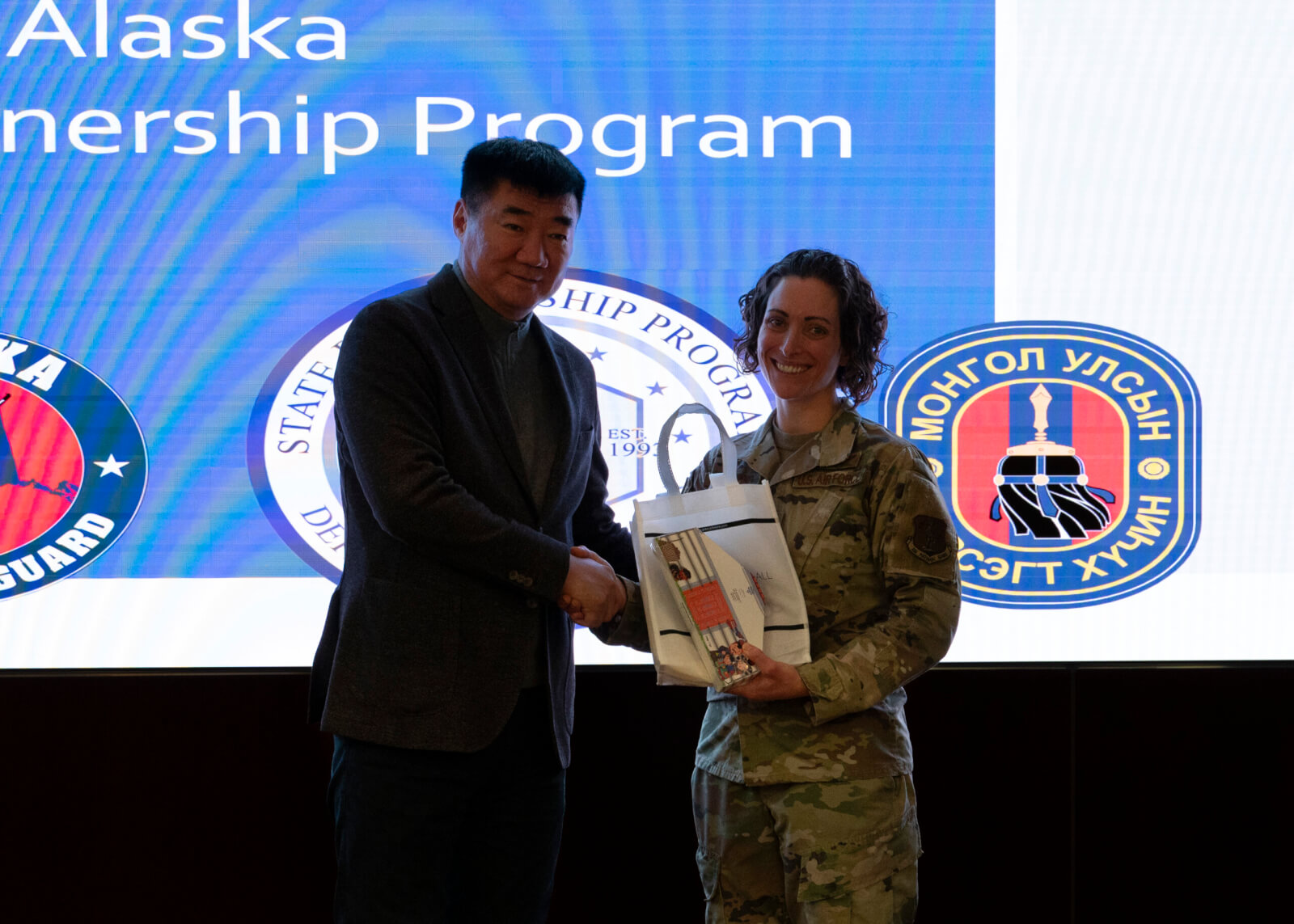
Washington National Guard
Lt. Col. Joseph Siemandel, a Washington National Guard state public affairs officer, said the concept of summertime AT is a thing of the past. For example, the 81st Stryker Brigade Combat Team continues to conduct AT during the summer months, whereas other units engage in what they call “year-round AT.”
The Washington National Guard is a part of the SPP, partnering with Thailand in 2002 and Malaysia in 2017. They’ve held 80 engagements with the Royal Thai Armed Forces, involving nearly 500 service members from the Washington National Guard. Those training exercises happen year-round and are planned in coordination with their partner countries.
In the last two years, Washington has conducted more than 50 engagements with the Royal Malaysian Armed Forces, involving nearly 200 service members from the Washington National Guard. For context, the Washington Army National Guard has 6,000 National Guardsmen, while the Air Guard has 2,000.
Depending on the type of funding guardsmen have access to, they can participate in AT, SPP training or both — but there’s a perk for attending SPP training.
“The State Partnership Program missions or [Overseas Deployment Trainings] like Cobra Gold, Bersama Warrior, Tiger Balm, etc., could be considered a Guard member’s AT,” Siemandel said.
While some soldiers participate in SPP training, the majority continue to undergo the traditional AT tailored to their unit’s specific needs, which can range from cybersecurity and logistics to firefighting and air defense.
Is your unit doing something unique for AT this year? We want to cover it. Submit your details to Reserve + National Guard Magazine and a member of our editorial team will follow-up.
EDITOR’S NOTE: This article incorrectly stated Capt. Balinda O’Neal previously served on active duty. It has now been corrected that her prior enlistment was with the Alaska National Guard.
Read comments



